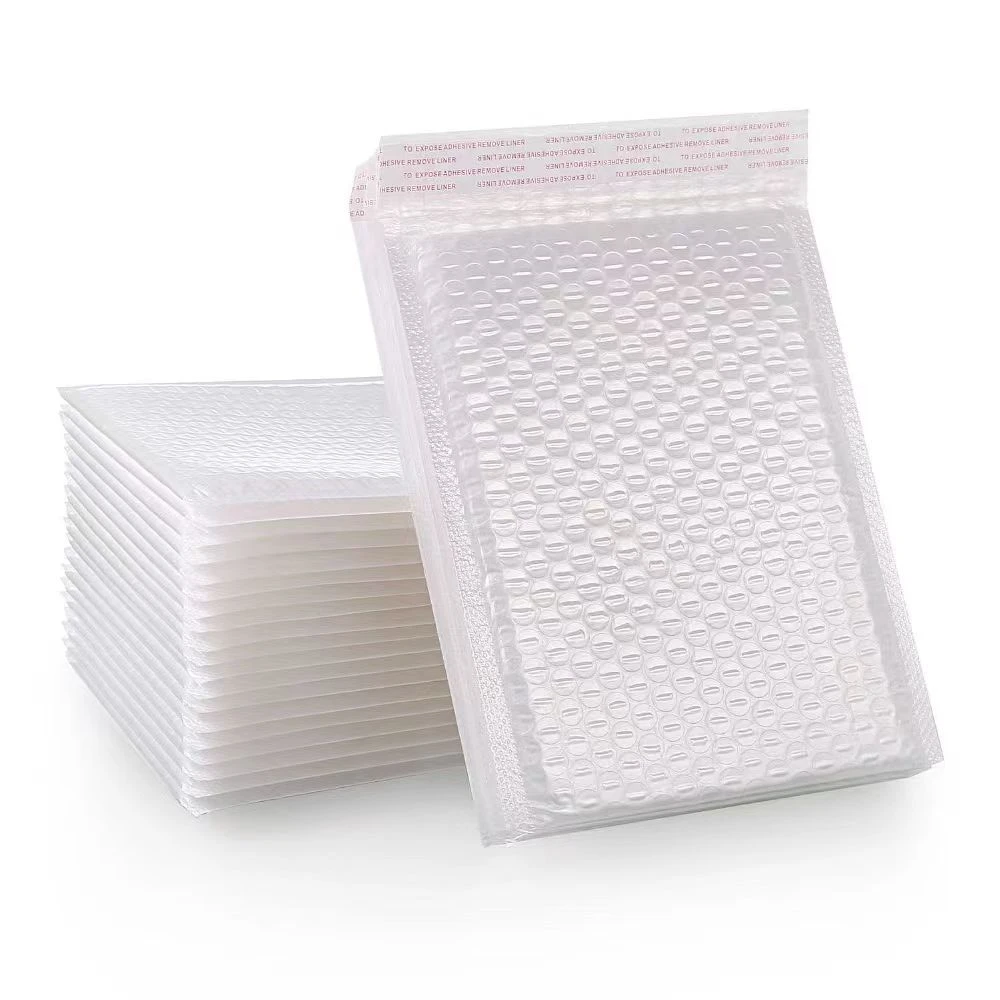The Art of Folded Flyer Design Capturing Attention and Communicating Effectively
In the world of marketing and advertising, the folded flyer remains a powerful tool for reaching target audiences. Despite the digital age making waves in promotional strategies, the tactile nature and visual appeal of a folded flyer can't be overstated. A well-designed folded flyer not only captures attention but also communicates messages effectively, making it a staple for businesses, events, and campaigns. Let’s explore the nuances of folded flyer design and how to create an impactful one.
Understanding the Benefits of Folded Flyers
Folded flyers provide several advantages that set them apart from traditional single-sheet flyers. First, their compact nature allows for a more organized presentation of information. With multiple panels at your disposal, you can compartmentalize content, making it easier for readers to digest. Additionally, the folding technique allows for creative layouts that can pique curiosity and encourage engagement.
Moreover, folded flyers can be versatile. They can serve various purposes, such as event promotions, product showcases, or service advertisements. Whether you’re distributing them at a trade show or mailing them directly to potential customers, folded flyers have a broad application across different marketing platforms.
Design Elements to Consider
The design of a folded flyer is paramount to its success
. Here are some key elements to consider1. Content Structure The first step in creating a folded flyer is to plan the layout of your content. Each panel should serve a unique purpose – for instance, the front cover can grab attention, while the inside panels can provide detailed information, and the back can feature a call to action or contact information. Clear headings and concise text are essential to ensure easy readability.
2. Visual Appeal Aesthetics play a critical role in flyer design. Use high-quality images, coherent color schemes, and engaging typography to create a visually pleasing layout. Ensure that your design aligns with your brand identity; consistency in colors and fonts helps reinforce brand recognition.
folded flyer design

3. Call to Action Every effective flyer should include a strong call to action (CTA). This encourages recipients to take the next step, whether it’s visiting a website, signing up for an event, or making a purchase. Make sure your CTA is clearly visible and compelling.
4. Folding Techniques There are various folding styles, such as bi-fold, tri-fold, and z-fold. The choice of fold can impact how the flyer is perceived and how easily information can be accessed. Understanding the advantages of each folding technique can help tailor your design to your communication goals.
Effective Use of Space
In folded flyer design, effective use of space is critical. Avoid cluttering panels with too much text or imagery, which can overwhelm the reader. Optimize white space to enhance readability and focus attention on key messages. Each panel should flow seamlessly to the next, guiding the reader through the content in a logical manner.
Testing and Feedback
Once you have a draft of your folded flyer, seek feedback from peers or potential customers. This input can provide insights into what works and what doesn’t, helping you refine your design before it goes to print. A/B testing different designs can also reveal which elements resonate most with your audience.
Conclusion
In conclusion, folded flyer design combines creativity with strategic communication. By understanding the core principles of effective design—from content structure to visual appeal—you can create a folded flyer that not only captures attention but also encourages action. Whether you are promoting a new product or inviting customers to a special event, the folded flyer remains a timeless and effective marketing tool in your arsenal. Embrace the art of folded flyer design, and watch as it enhances your outreach efforts and drives engagement.



